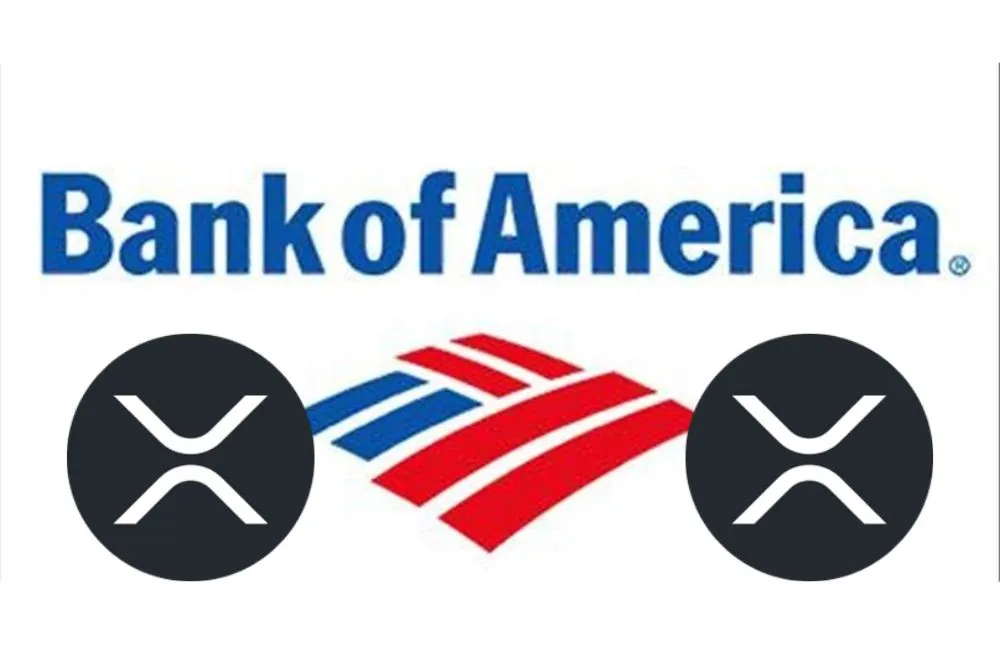
Rumor: Bank of America Will Use RLUSD, XRP Will Bridge Every RLUSD Transaction
A fresh rumor is making waves in the cryptocurrency community following a bold claim by popular Twitter user JackTheRippler. According to his tweet, Bank of America is planning to adopt RLUSD, Ripple’s stablecoin, with XRP serving as the bridge asset for every RLUSD transaction.
While this claim has not been confirmed by Bank of America or Ripple, it adds new intrigue to the growing intersection of traditional banking and blockchain-based finance.
Bank of America’s Stablecoin Strategy
On July 16, 2025, Bank of America CEO Brian Moynihan confirmed that the bank is actively exploring a stablecoin initiative. He stated that while significant internal work has been done, the bank is holding off on any public launch until clear regulatory guidance becomes available.
The proposed stablecoin would be pegged at a 1:1 ratio to the US dollar and backed by liquid assets such as cash and short-term US Treasuries. Its primary objective is to facilitate faster and more efficient digital transactions, potentially including cross-border payments. Moynihan also hinted that the bank may not move forward alone, noting that partnerships with fintech firms and blockchain platforms are being considered to manage the technical and compliance complexities of the launch.
However, no specific partners have been publicly named.
RLUSD and the XRP Bridge: A Speculative Connection
The rumor suggesting that RLUSD will be at the center of Bank of America’s stablecoin plans and that XRP will bridge all its transactions has sparked excitement. RLUSD, Ripple’s US dollar-backed stablecoin, was launched in December 2024. It is fully redeemable at a 1:1 ratio and natively available on both the XRP Ledger and Ethereum blockchains.
According to JackTheRippler, Bank of America will use RLUSD as its core stablecoin, with XRP facilitating every transaction as a bridge asset. If accurate, this would significantly boost XRP’s real-world utility and solidify Ripple’s role in institutional finance.
In the context of the growing interest in stablecoins among US banks, speculation surrounding Bank of America must be viewed in the broader context of the US banking sector’s growing involvement with blockchain-based payment infrastructure.
JP Morgan Chase already operates its internal settlement token, JPM Coin, while Goldman Sachs and Citibank are also developing blockchain-based payment infrastructure. This surge in institutional participation follows recent passage of the GENIUS Act, which established the first comprehensive legal framework for stablecoins in the United States.
Source: timestabloid.com


